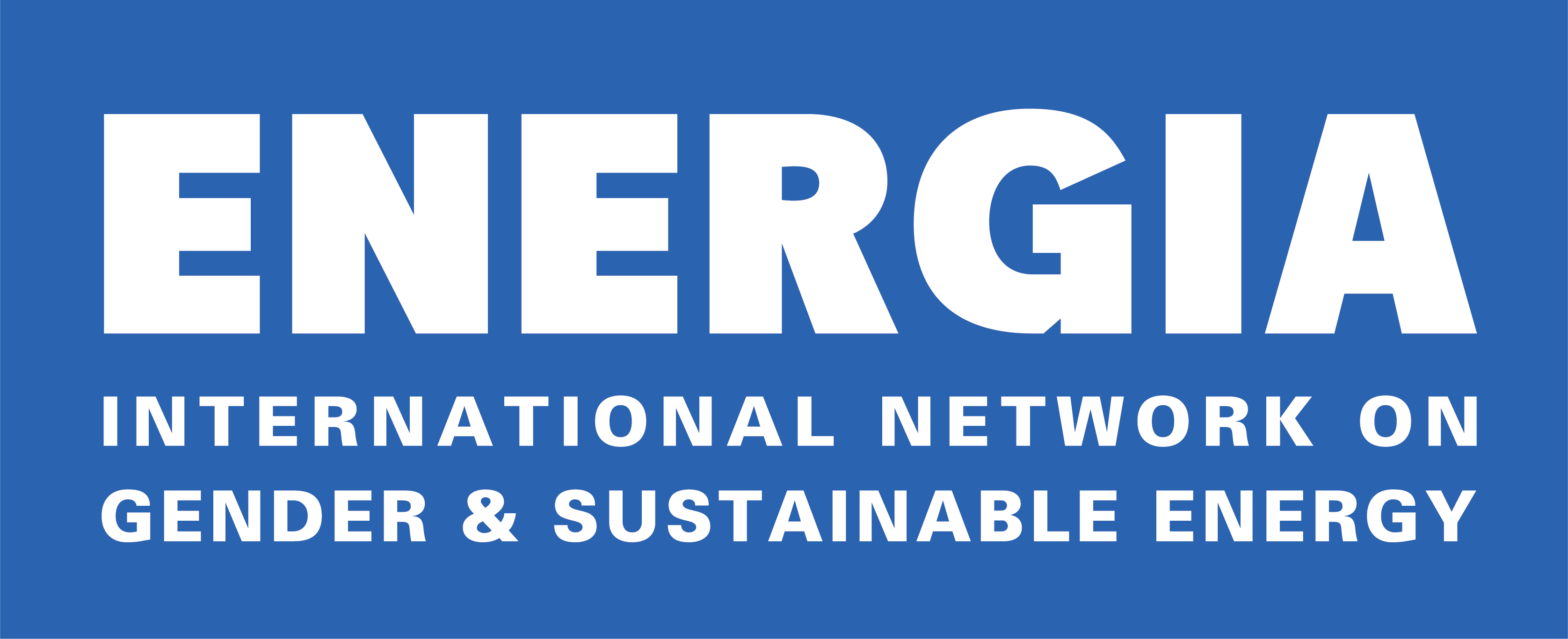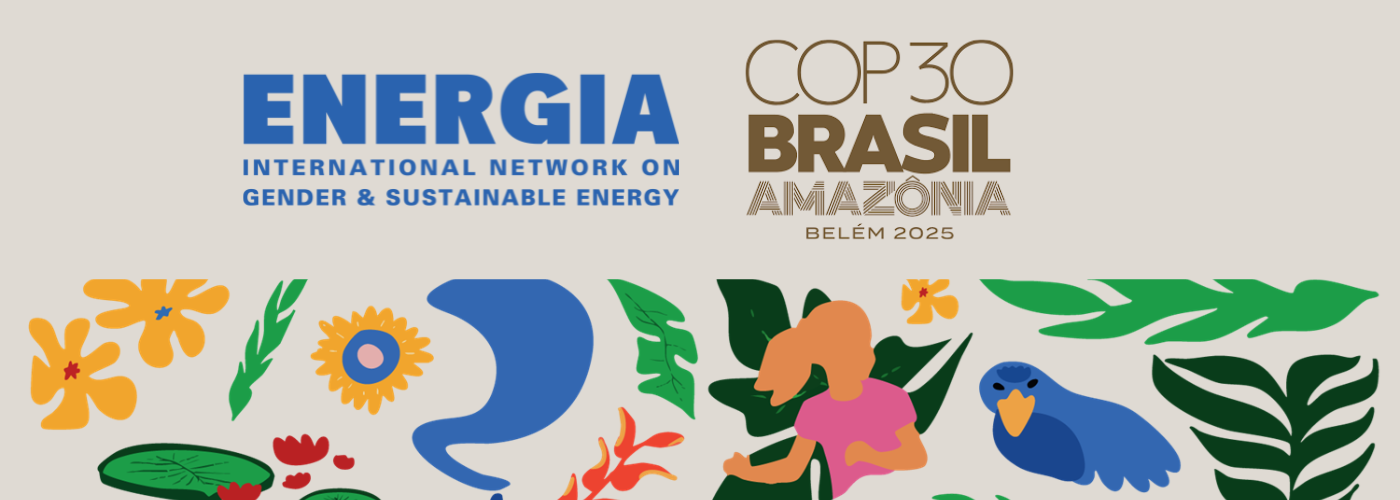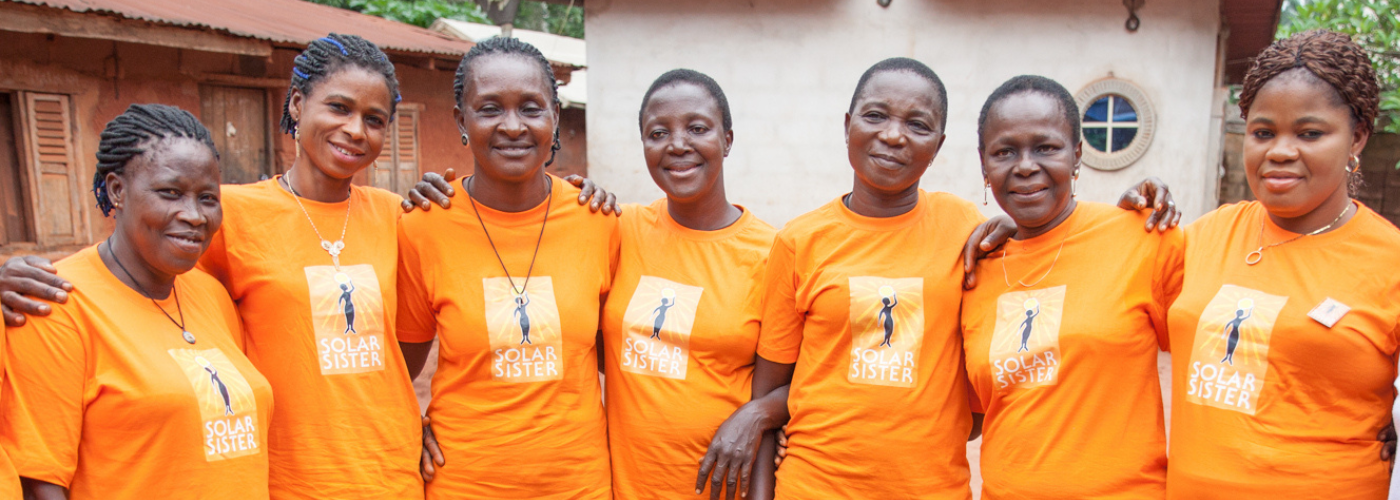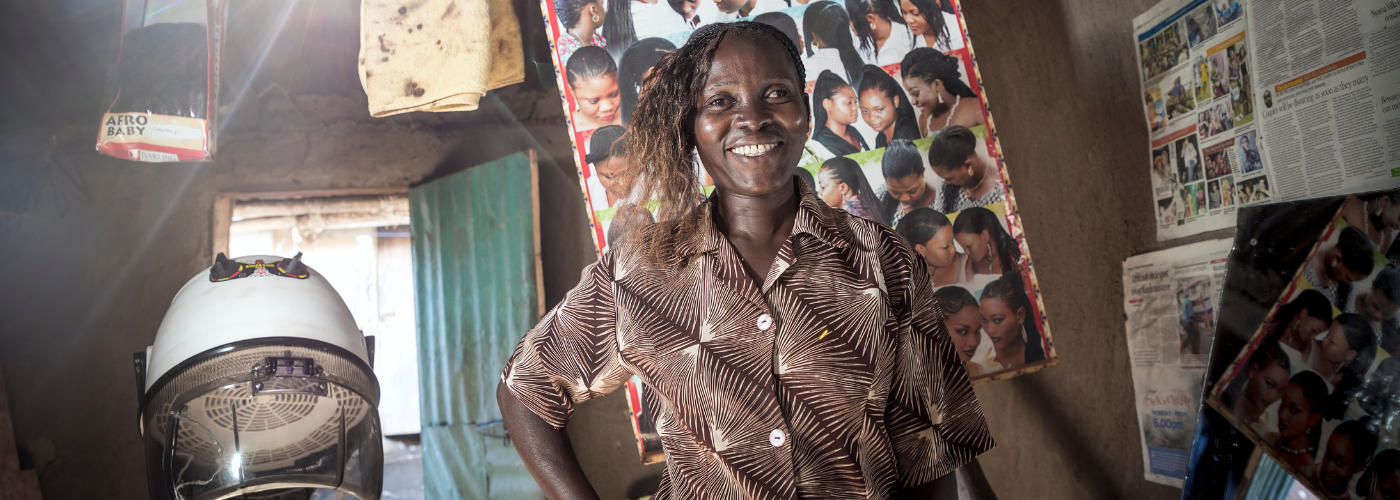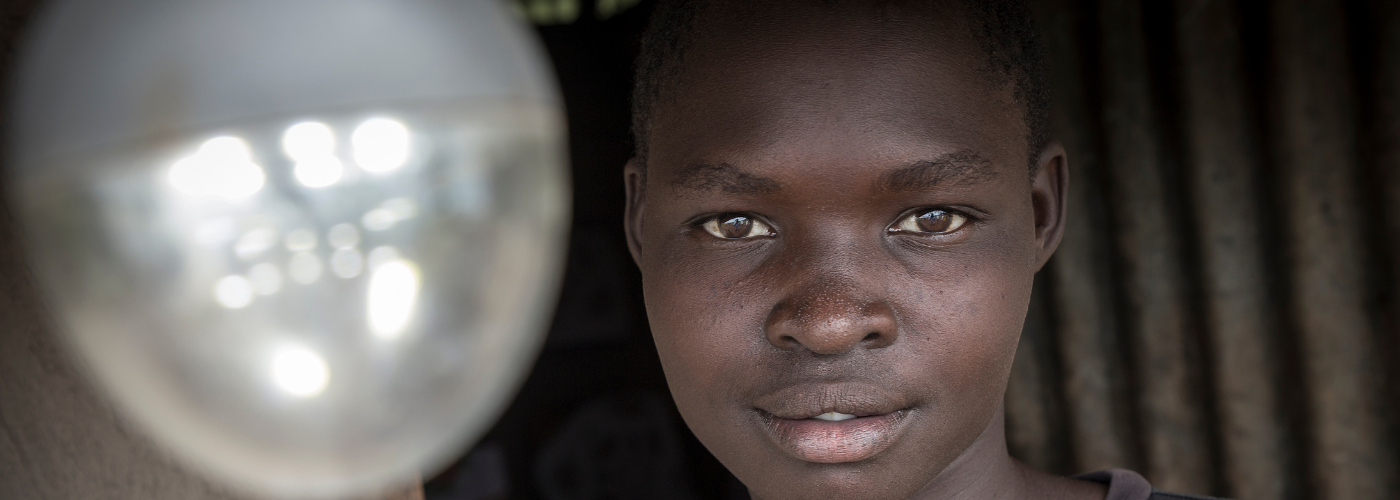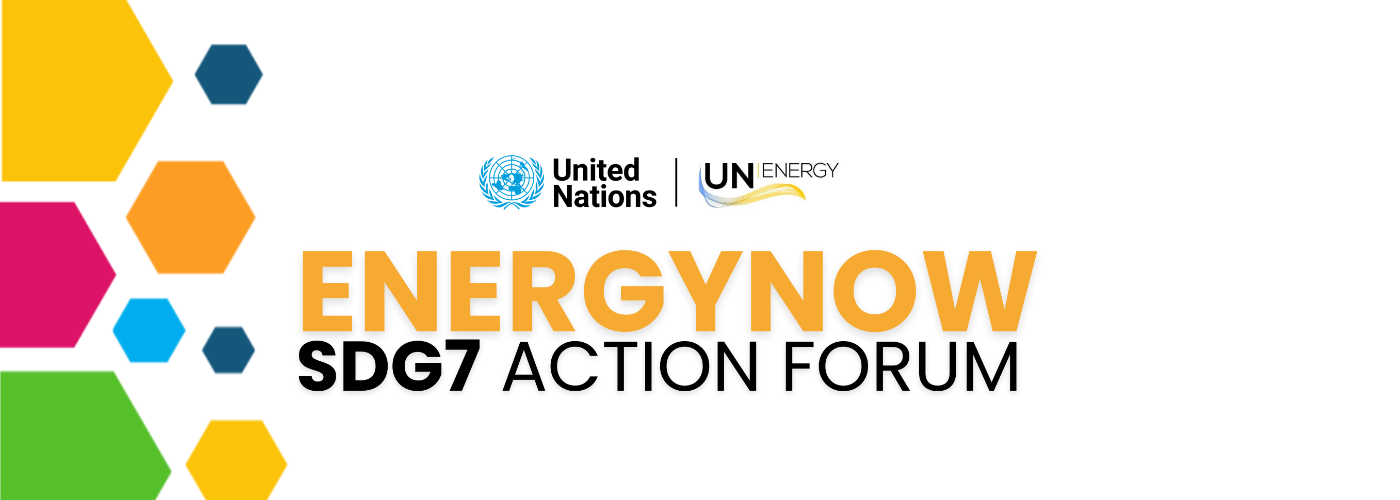Gender factor in political economy of energy sector dynamics
The requirements of modern energy use can be broken down into three parts – availability on a national level, access on a community or household level, and use on a personal level. Even when clean energy is available, it’s not always easily accessible, and even if it is both available and accessible, that doesn’t always mean it’s being used.
The study, in rural India and Nepal, looks at some of the reasons for this, and to ask how women can be empowered to use modern energy services in both household and productive activities.
The research revealed that the most important factors in determining modern energy use were whether or not women earned an income, had unmediated ownership of land and other assets, and participated in women’s groups.
Earning an income
The perceived value of women’s labour increases when they are involved in income-generating activities. When women’s labour isn’t valued, their time spent gathering biofuel is perceived as a costless activity. An increase in the perceived opportunity cost promotes labour-saving choices in energy use.
When women’s labour is valued, they are more likely to switch from traditional fuel to modern energy. In India, 57 percent of women respondents who were independent income earners used clean energy as a primary cooking fuel, compared to 29 percent of women who were unpaid family workers.
Ownership of land and other assets
Tasks usually relegated to women are still being done by hand. While many of men’s tasks have become automated, the low value of women’s labor has prevented the emergence and adoption of new technologies in areas which are traditionally managed by women.
Purchasing decisions favor men’s priorities. When purchasing a motorized appliance, such as a motorcycle or a labour-saving cooking set, the decision process is strongly influenced by social norms that give priority to appliances which men use and operate.
Government definitions of what constitutes a landowner have historically precluded women from accessing modern farming machinery. Some governments and NGOs have taken steps to address these constraints. Recently, large-scale male migration has forced governments and even commercial organizations to pay attention to women as buyers and users of agricultural equipment.
Participation in women’s groups
Women’s groups help spread knowledge about farming equipment, increase the use of modern energy products, and increase women’s political power and influence within the household. Members have learnt to operate farm and post-harvest machinery, and become technological leaders in their villages by bringing in new technologies such as solar pumps sets or biogas. Various community-based organizations have also helped rural women emerge as distinct interest groups, forcing political parties to pay attention to their needs in election promises and subsequent policies.
Recommendations from the Report
- Create income opportunities for women in the supply chain of new energy initiatives.
- Support policies that encourage women’s ownership and management of productive assets such as land or new technology.
- Encourage the creation of community-based organizations for women, particularly groups that collectively purchase new technology and train women to operate it.
